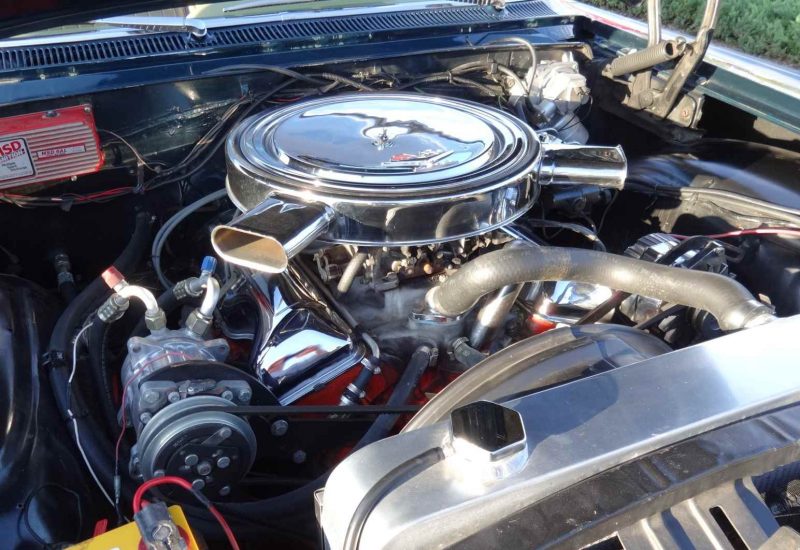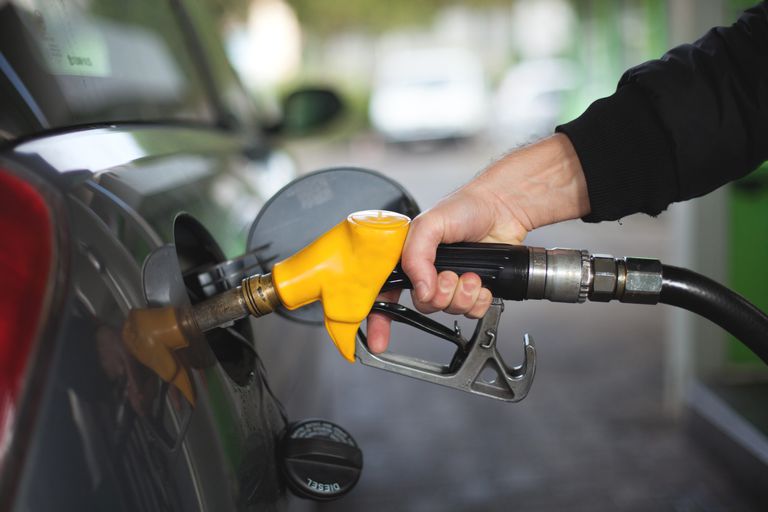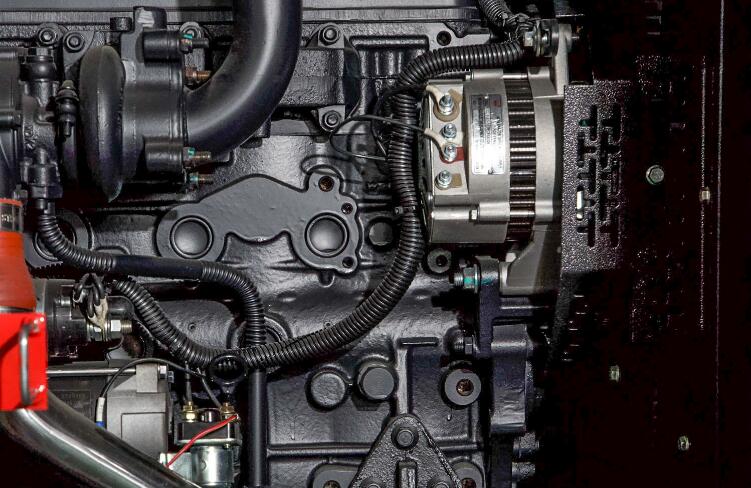The internal combustion engine is the most common type of engine found in automobiles. Although the internal combustion engine in modern cars consists of many parts, its principle of operation is extremely simple. Let’s take a closer look at what an engine is and how it functions in a car.
Types of Motors

An internal combustion engine is a fairly complex design. Engine specifications include two- and four-stroke options, which can be found at engine-specs.net. In cars, the most common are four-stroke engines.
The designers managed to come up with so many units that fall under the definition of an internal combustion engine. We will consider the most common options. To understand the order and principles of its work, let’s figure out what it consists of:
- cylinders in which pistons are located;
- crankshaft;
- gas distribution mechanism.
To this, we add the ignition, fuel supply and exhaust systems, and engine lubrication and cooling.
The main approaches to the classification of engines:
- by the number of cylinders;
- by the location of the cylinders;
- by type of fuel.
Cylinders Are the Main Feature
There are usually from one to six cylinders. More powerful cars can use, for example, 8, 12, or 16 cylinders.
- In an in-line engine, the cylinders are arranged one after the other in a row on the crankshaft. It is possible to increase the engine power without significantly changing the dimensions by doubling the number of cylinders. In this case, one row of pistons is located relative to the second row at an angle of 90 degrees. This type of engine is called a V-shaped engine.
- There is also an opposed type of motor when two rows of pistons are located at an angle of 180 degrees. Such engines, for example, are used in Subaru cars. Due to the peculiarities of the arrangement of the cylinders, the car receives a lower center of gravity and vibration during operation, as well as a minimum hood height.
Fuel Matters

A car is a mechanical device that releases the latent energy of the fuel and, by controlling the released energy, uses it to spin the wheels. The engine can run on gasoline and diesel fuel. The difference lies in the fact that in a gasoline engine, fuel is supplied mixed with air and ignited with the help of a spark from a candle. In a diesel engine, fuel and air are supplied separately, ignition occurs from the high temperature of the compressed gas.
Engine Operation Procedure

Let’s go back to the two- and four-stroke engines. The designs of two-stroke engines can vary greatly and be both simpler and much more complex than their four-stroke counterparts. Due to the lower number of revolutions, the power of two-strokes is higher, but the economy is worse. Small in size and power, motors do not require a complex cooling system, lubricating oil is added directly with fuel to the combustion chamber.
One stroke is the movement of the piston inside the cylinder up or down. The operation of a 4-stroke engine consists of:
- intake;
- compression;
- working stroke;
- release.
In a two-stroke power plant, the intake occurs during compression (first stroke), and the working stroke is combined with the release of exhaust gases (second stroke).
Operation of a Four-Stroke Engine
The cylinder contains a piston, which is attached to the crankshaft using a connecting rod. On top of the cylinder are the intake and exhaust valves, as well as a spark plug. The internal volume of all cylinders is the so-called engine volume.
The piston can be at the top of the cylinder (top dead center), bottom (bottom dead center), or move between them.
- In the first stroke, the intake valve opens, and the piston is lowered. Thus, the cylinder is filled with either a mixture of fuel and air or only air (for a diesel engine).
- In the second stroke, the piston goes up, squeezing the contents and, in parallel, increasing its pressure and temperature. At the end of the stroke, the spark plug creates a spark and detonates the fuel mixture in the gasoline engine. In diesel, the candle is not used, and fuel is supplied at the last moment of the stroke, which ignites due to high pressure and air temperature.
- In the third and main stroke of the motor, the energy released from the explosion moves the piston downward. It is at this moment that a force is created that makes the crankshaft rotate, and from it, the flywheel of the engine rotates.
- On the fourth stroke, the piston rises to the top dead center with the exhaust valve open. This removes waste gases. Then the cycle of four measures is repeated.
Distribution of Gas, Cooling, and Lubrication

If the engine uses several cylinders, the movement of their pistons is controlled by the gas distribution mechanism in such a way that the cylinders are simultaneously at different strokes. There are several gas distribution control systems — from mechanical camshafts to electronic processors.
All movable parts must be cooled and lubricated. The temperature at the moment of detonation reaches several thousand degrees. Cooling is usually done with a fluid that removes heat from engine parts. Further, the liquid itself must cool and return to the motor again. Exceeding the permissible temperatures can lead to almost instantaneous destruction of the power plant.
In passenger cars, the number of revolutions of the crankshaft can reach eight thousand per minute. The lubrication system must work perfectly to minimize mechanical wear. Therefore, it is crucial to monitor the engine oil level and the performance of the oil pump. Lubrication and cooling systems can suffer from contamination, which leads to narrowing or blocking of the fluid paths.
Despite the constantly appearing information about the invention of new, modern, more economical, and environmentally friendly types of power units, the internal combustion engine will not give up its position as the main “workhorse” of the global automotive industry for a long time. For more than a hundred years, the internal combustion engine operates, driving millions of cars and trucks worldwide.


